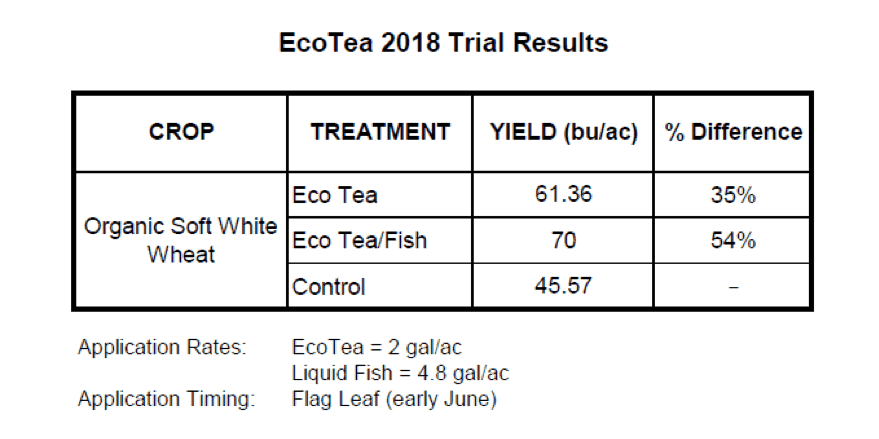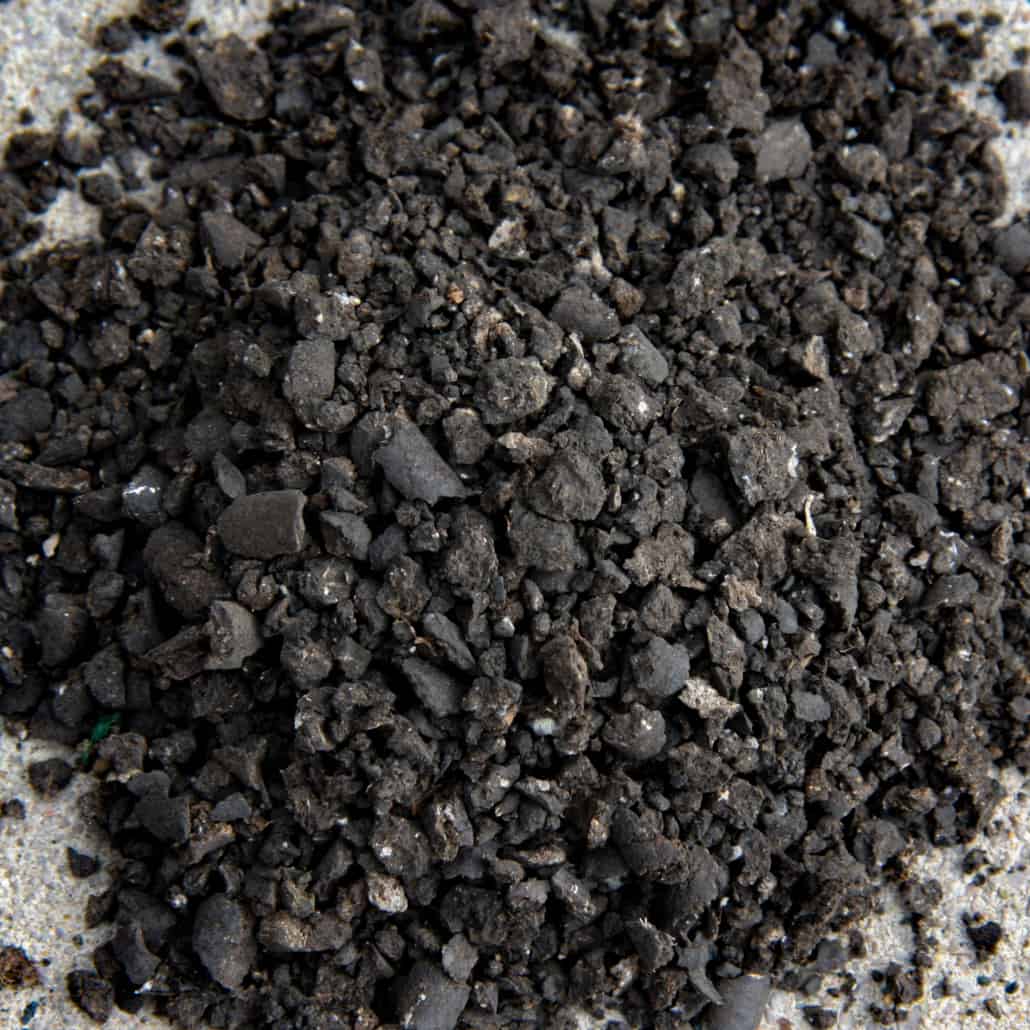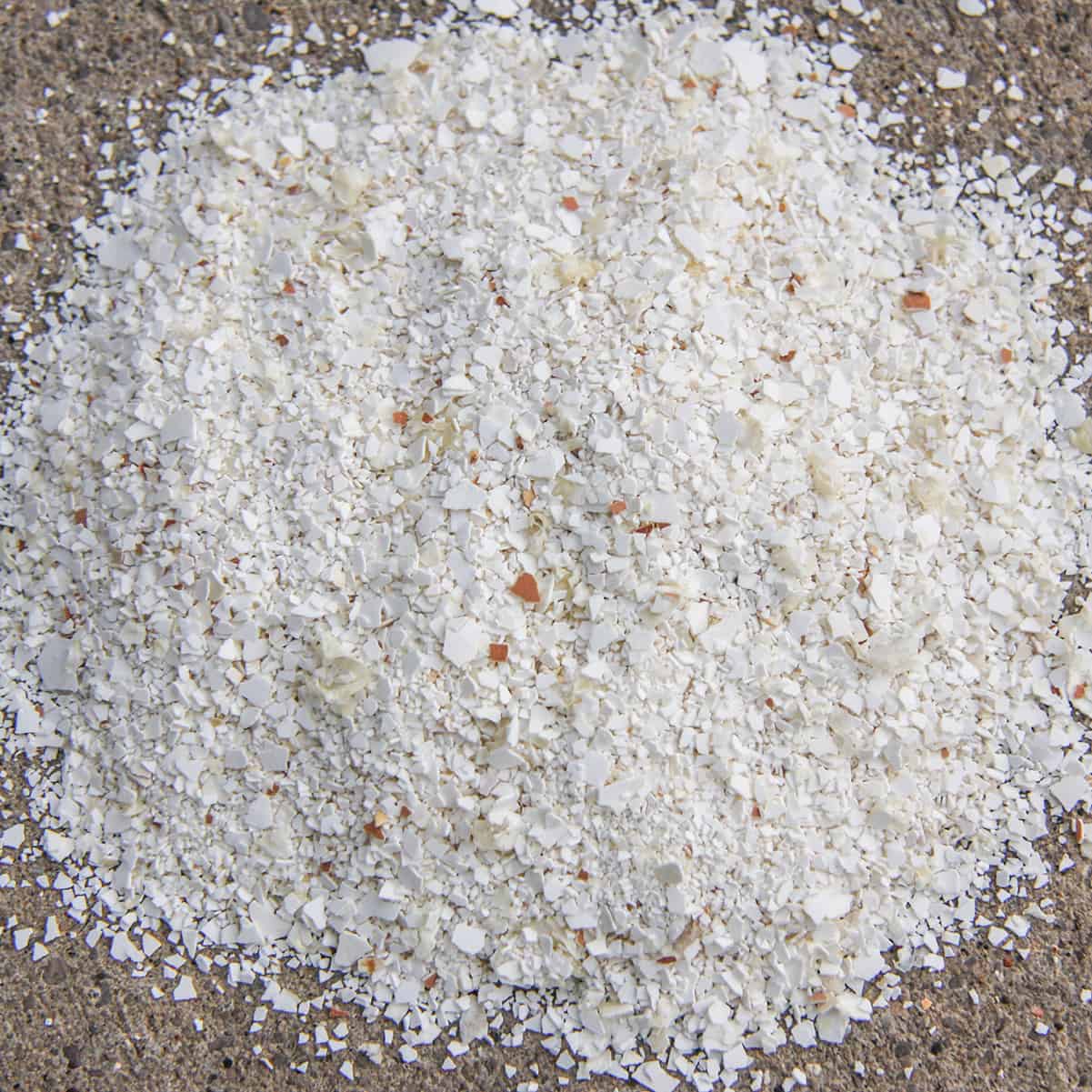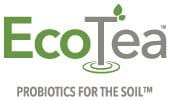Eco-Tea™ is a 3-part mix and go system:
Inoculum – premium worm castings, plant-based compost, fungal compost is “brewed” into a concentrated liquid called “HDI” (High Density Inoculum)
Microbial foods – (in-furrow use LiquidMF) – humic, fulvic, and long-chain amino acids, kelp extract, simple and complex carbohydrates, and enzymes designed to feed the array of beneficial bacteria, fungi, and protozoa.
Catalyst – added to tank just prior to application, to activate the biodiverse populations of plant beneficial microbes in the EcoTea™. (catalyst is customized to different end uses (e.g. foliar vs soil).
- EcoTea™ Soil “HDI” is “brewed” in Overton’s ARRAKIS bioreactor and shipped to the producer in 3 parts:
1) HDI (liquid inoculum) 2) microbial foods, and 3) catalyst. These three parts are shipped in 1) a 250 gal tote of HDI, 2) a 20kg bag of microbial foods, and 3) a 20L pail of catalyst. The producer tank mixes the HDI, microbial foods, catalyst & dechlorinated water (1:3) (EcoTea™:dechlorinated water) prior to application to “activate” the microorganisms in the EcoTea™.
- Add catalyst to tank mix when diluting and ready to apply.
- EcoTea™ Soil HDI is diluted with 3 parts water prior to application (e.g. 250 gal of concentrate + 750 gal dechlorinated water + 20 kg microbial food + 20 L catalyst)
- EcoTea™ Soil HDI has a shelf life of 60 days (given it is kept undiluted and before the addition of microbial foods and catalyst) and provided it is stored out of direct sunlight.










